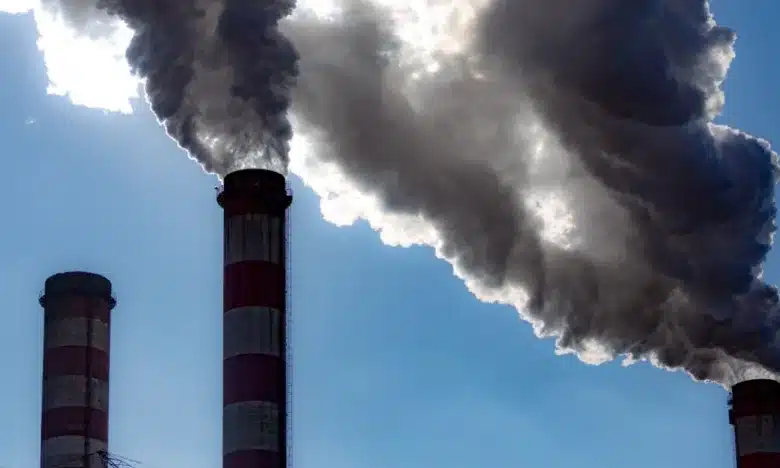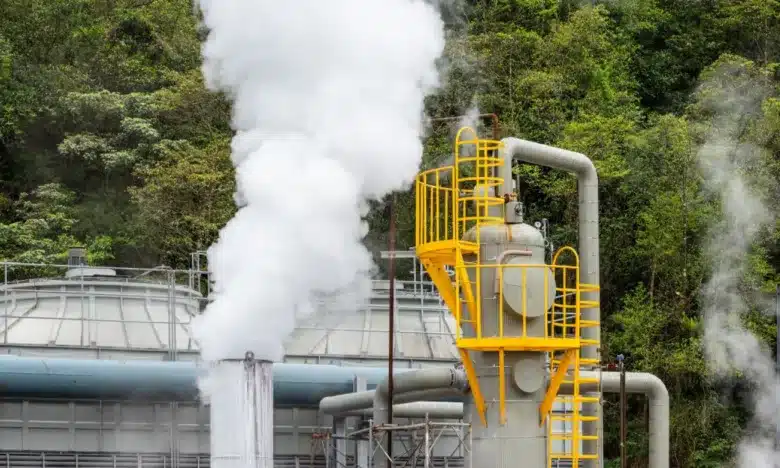
What’s Driving the Philippines’ Nuclear Energy Push
- May 20, 2025
According to Asian Power, the Philippines is confronting a major energy dilemma, with roughly “80% of its baseload power” at risk of disruption.
With electricity demand surging, the Philippines urgently needs reliable energy sources. Per capita power use has jumped from around 580 kilowatt-hours (kWh) in 2000 to nearly 1,000 kWh in 2023—a sharp rise that highlights the pressure on the country’s power supply.
To address this, the Philippines is turning to nuclear power as a more flexible and affordable alternative to coal. Nuclear plants offer stable output and can flex with demand, making them a key partner as the country adds more renewables to the grid.
The urgent need for stable power
In 2024, the Department of Energy (DoE) released the Philippine Nuclear Energy Program (PNEP) 2024–2050, outlining a strategy to have commercially operational nuclear power plants by 2032, starting with 1,200 megawatts (MW) and expanding to 4,800 MW by 2050. This roadmap follows the International Atomic Energy Agency’s (IAEA) Milestones Approach, ensuring a structured and safe development of nuclear infrastructure.
To support this initiative, the DoE established the Nuclear Energy Program Coordinating Committee, tasked with drafting recommendations for legislative support, identifying suitable sites for nuclear facilities, and ensuring environmental protection measures are in place.
In an interview with Asian Power, Department of Science and Technology-Philippine Nuclear Research Institute (DOST-PNRI) Director Carlo Arcilla said adding nuclear power to the Philippines’ energy mix could help lower electricity costs and provide a more stable supply.
“The cost of electricity from nuclear is one of the cheapest. If you increase the share of nuclear in the energy mix, that will bring the average down,” he explained. “We don’t want to replace everything with nuclear, only in the baseload. If we don’t include nuclear power and rely only on imported liquid natural gas, electricity, which is now expensive, will even go higher.”
(Also read: Baseload Power Plants: What They Are and Why We Need Them)
In his opinion article, veteran Financial Services Consultant Den Somera stated that coal and natural gas remain the most reliable power sources for meeting baseload demand.
“The most reliable, however, are nuclear power plants,” he wrote. “They are producing maximum power to more than 92% of the time during the year, which is nearly two times more as natural gas and coal units, and almost three times or more reliable than wind and solar plants.”
He added that nuclear plants require less maintenance, running up to “1.5 to two years” before refueling, unlike natural gas and coal plants, which need more frequent upkeep.
Renewables, while valuable, are intermittent—solar, wind, and hydropower depend on natural conditions. Since variable, intermittent renewable energy relies heavily on large-scale storage to ensure reliability—a technology still in early development—this need effectively erodes the often-touted cost advantage of renewables. As a result, nuclear power remains a crucial backup, providing the stable, dependable grid support that current storage solutions cannot yet guarantee.
The clean energy shift and Bataan’s nuclear revival
With countries racing to slash greenhouse gas emissions, nuclear power is drawing renewed interest. Unlike coal or gas, nuclear energy generates electricity without releasing carbon dioxide or air pollutants, making it an attractive option in the drive for cleaner power.
The International Energy Agency (IEA) states that nuclear power supplies about 10% of global electricity and nearly 20% in industrialized nations. While facing hurdles in some regions, the agency notes that it remains a major source of low-carbon energy and plays a vital role in cutting emissions from electricity generation.
To advance its nuclear energy goals, the Philippines is also engaging in international partnerships. In October 2024, the government signed a memorandum of agreement with South Korea’s Korea Hydro & Nuclear Power (KHNP) to conduct a feasibility study on rehabilitating the Bataan Nuclear Power Plant (BNPP), which has remained inactive since its completion in 1984.
Facing the 1973 oil crisis, the Marcos administration initiated plans for the BNPP with two units, each generating 600 megawatts electric (MWe). By 1976, the project was scaled back to a single 621-MWe Westinghouse reactor in Bataan. Construction began that year and was completed eight years later at $1.9 billion.
However, financial difficulties and earthquake safety concerns prevented the plant from being fueled or operated. Despite this, the government continues to spend over ₱50 million annually on its upkeep through the National Power Corporation (NAPOCOR).
“In the 1980s, we suffered a lot of brownouts because we didn’t operate the plant,” Arcilla said. “We cannot afford another energy crisis like that again, and nuclear will help alleviate that energy crisis.”
He also highlighted that South Korea, which launched its nuclear program alongside the Philippines, now operates 24 nuclear plants and has electricity rates about half of those paid by Filipino consumers.
Additionally, the Philippines is actively exploring the deployment of small modular reactors (SMRs) as part of its nuclear energy strategy. Meralco, the country’s largest electric distribution utility, has been at the forefront of these efforts.
(Also read: Meralco and French Firm Collab to Explore Nuclear Energy)
Challenges of nuclear energy adoption
Although a strong advocate for nuclear energy, Arcilla acknowledged the hurdles involved. One key drawback, he said, is the long construction timeline due to strict safety standards.
“The shortest construction time from nothing to an operating plant is five years, which has been done by only South Korea and China,” he pointed out.
Another obstacle is winning over public opinion. A study by Singapore’s Nanyang Technological University found that support for nuclear energy remains low across Southeast Asia, with safety fears driving skepticism. Incidents like Chernobyl and Fukushima, along with historical associations from World War II, continue to shape public perception.
Though nuclear energy produces no greenhouse gases or carbon dioxide during operation, its fuel cycle and construction come with an environmental cost. According to the U.S. Energy Information Administration (EIA), mining and refining uranium, as well as building reactors, require significant energy—often from fossil fuels—adding to the carbon footprint. Uranium itself is a finite, mined resource.
The agency also points to radioactive waste as one of nuclear power’s biggest environmental challenges. Materials like spent fuel and uranium byproducts stay hazardous for thousands of years, requiring strict rules on how they’re handled, transported, and stored to safeguard people and the environment.
To help overcome these issues, the IEA urges countries to build clear policy frameworks that reduce investment risks, attract funding, and promote innovation—while keeping safety oversight independent. It also calls for greater global cooperation to fast-track projects, ramp up small modular reactor (SMR) development, and improve public trust and workforce readiness.
Meanwhile, Arcilla remains firm in his conviction that nuclear energy could strengthen the Philippines’ energy security. “There are over 400 nuclear power plants globally,” he said. “If you thought about all the nuclear plant operating hours, and the number of accidents and casualties over those total operating hours, the deaths coming from nuclear are smaller than from coal, natural gas, and hydro.”
Arcilla stressed the importance of a balanced energy mix, noting that while coal is being phased out and renewables are growing, a stable baseload source is still essential—and nuclear must be part of the equation.
Sources:
https://world-nuclear.org/information-library/country-profiles/countries-o-s/philippines
https://www.rappler.com/voices/thought-leaders/analysis-present-power-situation-philippines/
https://www.iea.org/energy-system/electricity/nuclear-power
https://www.dw.com/en/why-is-southeast-asia-turning-to-nuclear-power/a-72104691
https://globalnation.inquirer.net/251606/ph-korea-eye-revival-of-bataan-nuke-plan
https://business.inquirer.net/433362/meralco-considers-deploying-micro-nuclear-reactors-in-14-sites
https://www.eia.gov/energyexplained/nuclear/nuclear-power-and-the-environment.php



